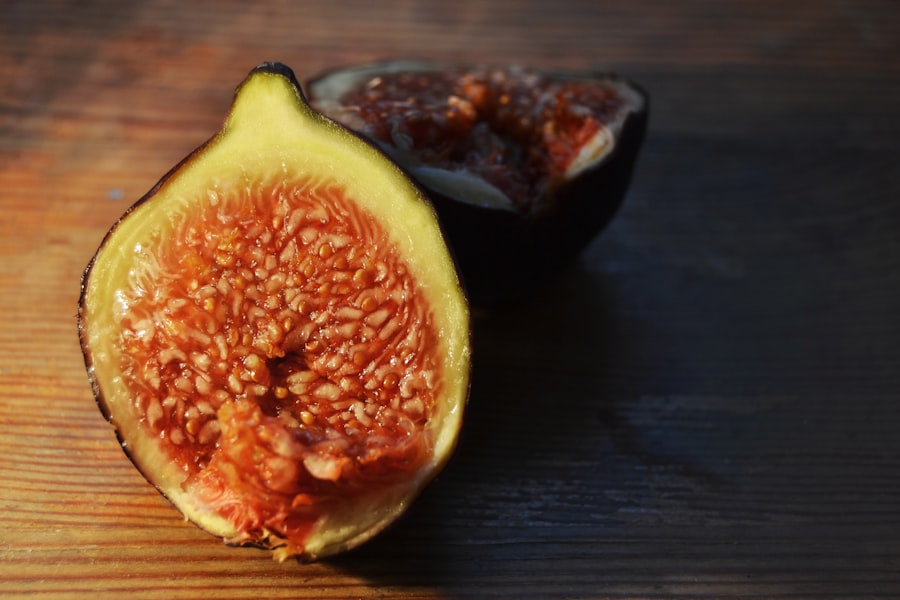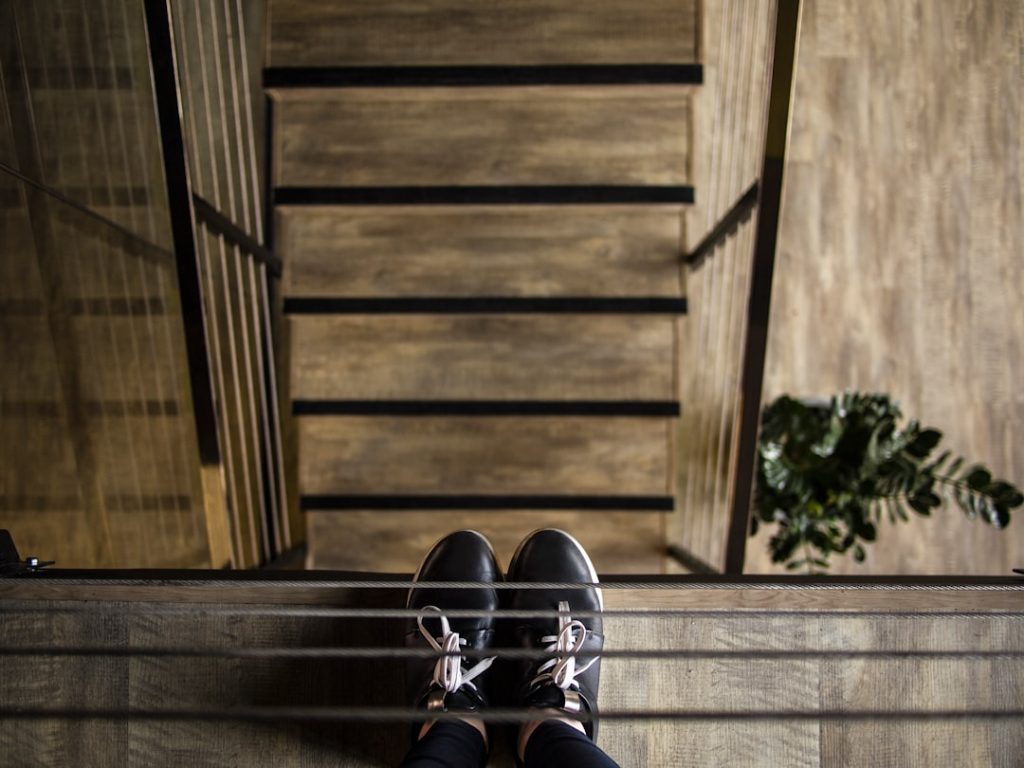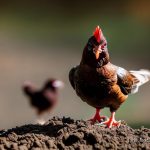A proper perch is essential for chicken health and well-being, providing a safe and comfortable roosting area. It helps prevent foot injuries and bumblefoot, a condition caused by prolonged standing on hard or uneven surfaces. Perches facilitate the establishment of flock hierarchy, reducing aggression and stress.
They also promote good ventilation in the coop, which is crucial for preventing respiratory issues. A well-designed perch is fundamental to a chicken’s environment, contributing to both physical and psychological health. Proper perches can significantly impact egg production.
Comfortable roosting areas promote better sleep quality, potentially leading to improved egg production and reproductive health. Well-designed perches can also help prevent egg breakage by providing designated laying areas. By offering suitable perches, chicken owners can enhance both the well-being and productivity of their flock.
The importance of proper perches in chicken husbandry cannot be overstated, as they directly influence health, behavior, and egg production.
Table of Contents
Key Takeaways
- A proper perch is important for the health and well-being of your chickens, providing a comfortable and safe place for them to roost.
- When choosing the right material for your perch, consider using natural wood or PVC pipe for easy cleaning and durability.
- The optimal perch height should be around 18 inches off the ground to prevent predators from reaching the chickens while they sleep.
- Perch spacing and size are crucial for allowing chickens to comfortably roost without overcrowding or causing injury.
- Proper perch placement in the coop should be away from food and water sources to prevent contamination and should provide enough space for all chickens to roost comfortably.
- Regular cleaning and maintenance of perches are essential to prevent the buildup of bacteria and parasites that can harm your chickens.
- Additional considerations for perch design include adding a droppings board underneath the perch to make cleaning easier and providing enough perches for all chickens to roost comfortably.
Choosing the Right Material
Natural Wood: A Comfortable Choice
Natural wood is a popular choice as it provides a comfortable and familiar surface for chickens to grip. However, it’s important to select a hardwood that is resistant to rot and decay, such as cedar or oak, to ensure the longevity of the perch.
Alternative Options: PVC and Metal
Another option is PVC pipe, which is durable, easy to clean, and resistant to moisture and bacteria. PVC perches are also lightweight and can be easily installed and removed for cleaning. Additionally, metal rods or dowels can be used as perches, providing a sturdy and long-lasting option for your chickens.
Considerations for Choosing the Right Perch
It’s important to consider the diameter of the perch when choosing the material. A perch that is too thin can cause discomfort and foot injuries, while one that is too thick may be difficult for chickens to grip. The ideal diameter for a chicken perch is around 2 inches, allowing for a comfortable grip without putting excessive pressure on their feet. Ultimately, the material you choose for your chicken perches should be durable, easy to clean, and provide a comfortable surface for your chickens to roost.
Optimal Perch Height

The height of your chicken perches is an important factor to consider when designing your coop. Perches should be placed at a height that allows chickens to easily access them but also keeps them safe from potential predators. A good rule of thumb is to install perches at least 2 feet off the ground to prevent predators from reaching them.
This height also provides enough space for chickens to move freely underneath the perches without feeling cramped or restricted. Additionally, consider the size and breed of your chickens when determining the optimal perch height. Larger breeds may require higher perches to accommodate their size and weight, while bantam breeds can comfortably roost at lower heights.
It’s important to observe your chickens’ behavior and adjust the perch height accordingly to ensure they can easily access and use the perches without difficulty. By providing perches at an optimal height, you are creating a safe and comfortable environment for your chickens to roost and rest.
Perch Spacing and Size
The spacing and size of your chicken perches are crucial considerations when designing your coop. Perches should be spaced far enough apart to prevent overcrowding and competition among chickens but close enough to allow them to huddle together for warmth during colder months. A general guideline is to space perches at least 12-18 inches apart to provide enough room for each chicken to roost comfortably without feeling cramped or crowded.
In terms of size, consider the number and size of your chickens when determining the dimensions of your perches. A good rule of thumb is to provide at least 8 inches of perch space per chicken to ensure they have enough room to roost comfortably without feeling overcrowded. Additionally, consider the shape of the perch, as rounded edges can provide a more comfortable grip for chickens compared to sharp or square edges.
It’s important to regularly monitor the condition of your perches and make adjustments as needed based on the behavior and comfort of your chickens. By providing adequate spacing and size for your chicken perches, you are creating a comfortable and safe environment for your flock to roost and rest.
Perch Placement in the Coop
The placement of your chicken perches within the coop is an important aspect of coop design. Perches should be positioned away from nesting boxes and food and water sources to prevent contamination from droppings. Placing perches near nesting boxes can lead to soiled eggs, while positioning them near food and water can result in contamination and potential health issues for your chickens.
Additionally, consider the orientation of the perches within the coop. Perches should be installed parallel to the walls of the coop to allow chickens to easily access them without feeling cramped or restricted. Providing enough space between the perches and the walls will also prevent chickens from getting trapped or injured while moving around the coop.
It’s important to consider natural light and ventilation when determining the placement of your perches. Positioning perches near windows or vents can provide natural light and airflow, contributing to a healthier environment for your chickens. By carefully considering the placement of your chicken perches within the coop, you can create a comfortable and functional space for your flock to roost and rest.
Cleaning and Maintenance

Removing Debris and Dirt
Perches should be cleaned regularly to remove droppings, feathers, and debris that can accumulate over time. Use a stiff brush or scraper to remove stubborn debris, followed by a thorough cleaning with a mild detergent or disinfectant solution.
Inspecting and Replacing Perches
It’s essential to inspect the condition of your perches regularly and replace any damaged or worn-out parts. Check for signs of wear, splintering, or rotting in wooden perches, as well as rust or corrosion in metal perches. Replace any damaged or deteriorating perches promptly to prevent injuries or discomfort for your chickens.
Choosing the Right Perches
Consider using removable or adjustable perches that can be easily taken out for cleaning and maintenance. This will make it easier to thoroughly clean and disinfect the perches on a regular basis, contributing to a healthier environment for your flock.
Additional Considerations for Perch Design
When designing your chicken perches, consider adding features that promote comfort and well-being for your flock. Providing rounded edges on perches can offer a more comfortable grip for chickens compared to sharp or square edges. Additionally, consider adding padding or cushioning to the perches to provide extra comfort for your chickens while roosting.
Another consideration is providing different levels or heights of perches within the coop to accommodate the natural behavior of chickens. Some chickens may prefer higher roosts while others may prefer lower ones, so offering a variety of perch heights can cater to their individual preferences. Finally, consider incorporating natural branches or logs into your perch design to provide a more natural and stimulating environment for your chickens.
Natural materials can offer different textures and shapes for chickens to grip, promoting foot health and exercise. In conclusion, designing proper chicken perches is essential for creating a comfortable, safe, and healthy environment for your flock. By considering factors such as material, height, spacing, placement, cleaning, maintenance, and additional design features, you can ensure that your chickens have an optimal roosting space that contributes to their overall well-being and productivity.
If you’re interested in learning more about the best practices for keeping chickens, you may want to check out this article on chicken coop door size. It provides valuable information on the importance of the size of the door in relation to the number of chickens you have and how it can impact their overall well-being. This article, along with the one on chicken coop design in Muskegon, can help you create a comfortable and safe environment for your feathered friends.
FAQs
What is the best type of perch for chickens?
The best type of perch for chickens is a natural wooden perch that is at least 2 inches wide to allow for a comfortable grip.
How high should a chicken perch be?
A chicken perch should be placed at a height of 2-4 feet off the ground to allow chickens to roost comfortably and safely.
How many perches should I have for my chickens?
It is recommended to have at least 8-10 inches of perch space per chicken to ensure they have enough space to roost comfortably.
Should chicken perches be cleaned regularly?
Yes, chicken perches should be cleaned regularly to remove droppings and debris to maintain a clean and healthy living environment for the chickens.
What are the benefits of providing a good perch for chickens?
A good perch for chickens provides a comfortable and safe roosting spot, helps prevent foot injuries, and encourages natural behaviors such as roosting and resting.
Meet Walter, the feathered-friend fanatic of Florida! Nestled in the sunshine state, Walter struts through life with his feathered companions, clucking his way to happiness. With a coop that’s fancier than a five-star hotel, he’s the Don Juan of the chicken world. When he’s not teaching his hens to do the cha-cha, you’ll find him in a heated debate with his prized rooster, Sir Clucks-a-Lot. Walter’s poultry passion is no yolk; he’s the sunny-side-up guy you never knew you needed in your flock of friends!







